Spicy, exotic, an unusual mix of ingredients - such associations come to mind when you hear the phrase "Thai cuisine". Indeed, in the cuisine of this country there are a lot of spices, seafood and other ingredients that are rather unusual for Russian mouths. However, Thai chefs know many secrets that can help our hostesses prepare truly divine dishes. So, let's reveal some secrets of Thai cuisine...
(Total 19 photos)
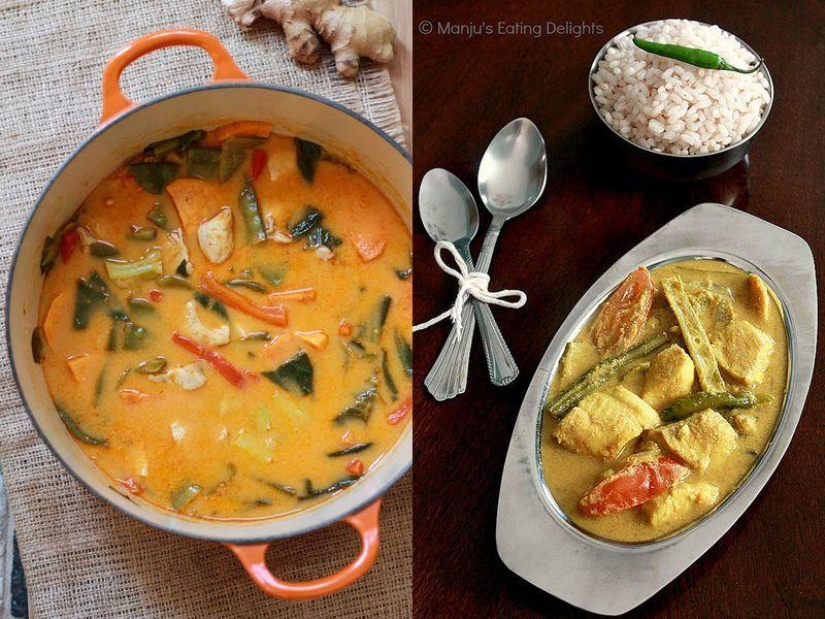
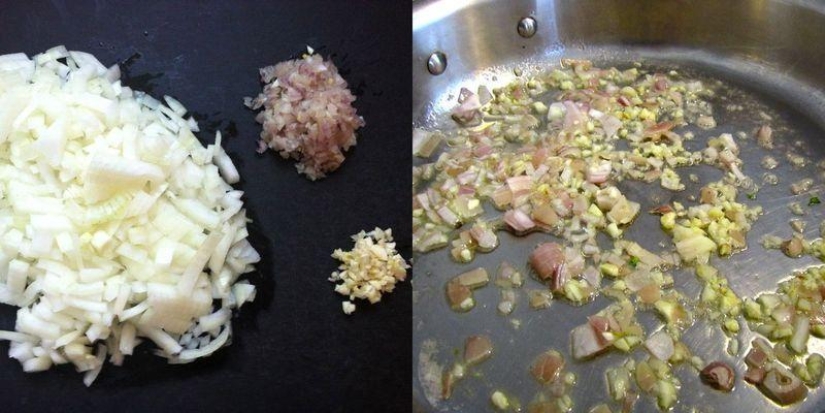
1. Add fresh ginger when sautéing onions and garlic.
Thai chefs base their dishes on fresh aromatic vegetables such as ginger, garlic, shallots, lemongrass and galangal. These ingredients go into the base of the curry or are ground up and added to the stir-fry at the start of the cooking process, not at the end.

2. Use coconut milk for soups, stews and sauces.
Coconut milk is an excellent base for making stock for soups or the base for stews. In a large saucepan, sauté the onion, garlic, and any flavoring ingredients of your choice with a little oil for 5 minutes, then add the spices and salt (and meat, if using). Then pour in the coconut milk and slowly boil this mixture for an hour.

3. Left: Thai red curry. Right: fish curry and fresh mango with spicy coconut gravy.
Coconut milk is denser than regular milk or cream, so meals will be more satisfying. Its high fat content also neutralizes the pungency of the spices, which is why Thai chefs use it all the time in spicy curries. In addition, coconut milk has a long shelf life due to its vegetable origin.
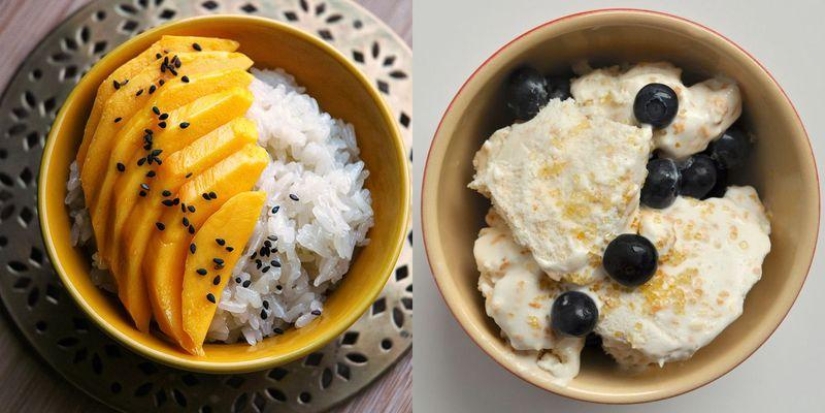
4. Also substitute coconut milk for cream in desserts. Left: mango rice. Right: coconut milk ice cream.
Mango sticky rice is a traditional Thai dessert, although this ingenious dish may seem like a rather strange combination. Sticky rice is more starchy than regular white rice. It is made with sweet coconut milk instead of water, then topped with sliced mango and sprinkled with sesame seeds. If you want to go the more traditional route, try substituting coconut milk for cream in ice cream or pudding.
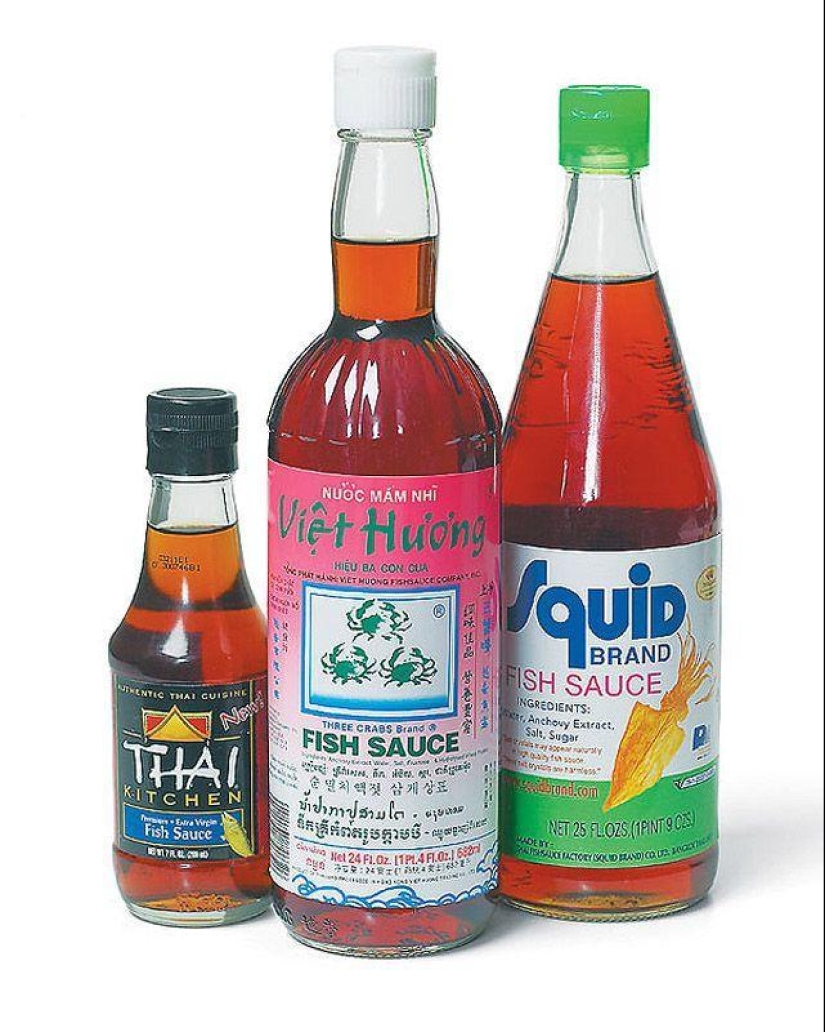
5. Add fish sauce to marinades and sauces for an umami flavor.
Fish sauce is a very salty brown liquid that is a by-product of fish fermentation. You can use this sauce in place of salt to add a more complex yet interesting flavor and flavor to your dishes. And don't worry, a good fish sauce shouldn't smell too fishy.
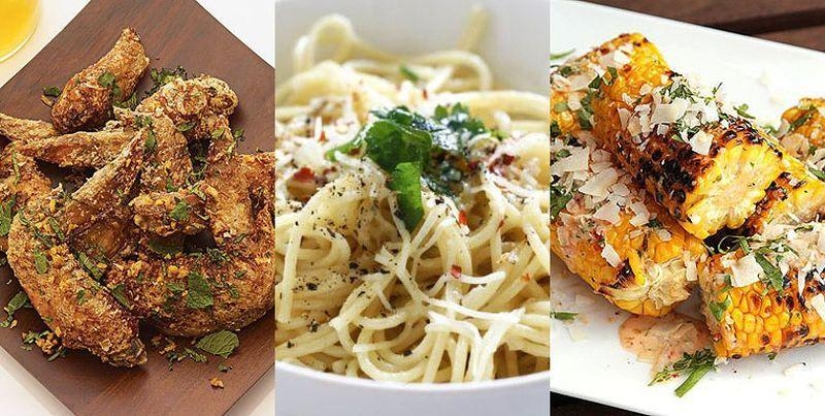
6. Left: Wings with Vietnamese fish sauce. Center: pasta with olive oil, garlic, parmesan and fish sauce. Right: Grilled corn with spicy chili mayonnaise, coconut and fish sauce.
Since fish sauce contains salt, sugar, and acid (the three main components of marination), it is an ideal marinade for meat. It's also a great way to spice up a pasta dish. Before you snort disdainfully, know that most fish sauces are made from anchovies, which are a common occurrence in pasta dishes. It’s also a good idea to drizzle fish sauce over cooked vegetables. Just add it carefully, otherwise you can oversalt the dish.
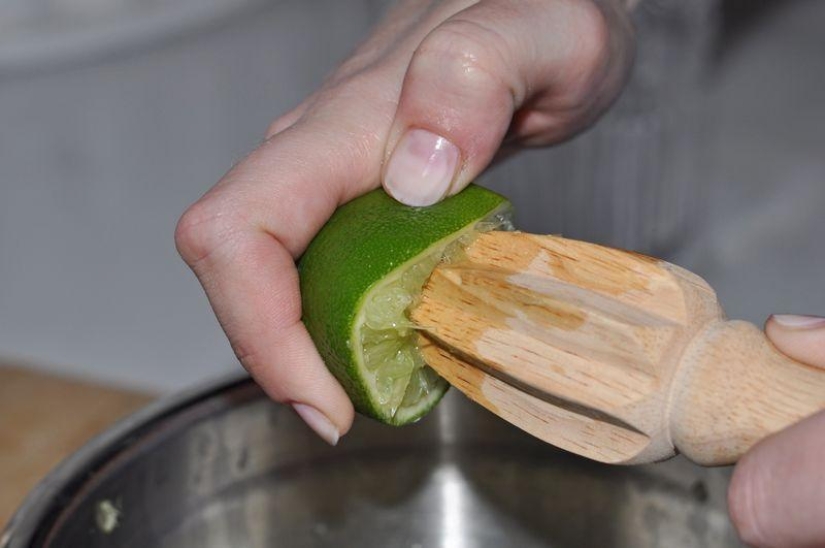
7. Add lime juice to your meals.
Take the time to make lime juice. Ordinary bottled lime juice is just a pitiful imitation of the real thing. And add lime juice only after or just before removing the dish from the heat. If the juice is overheated, it will spoil its taste.
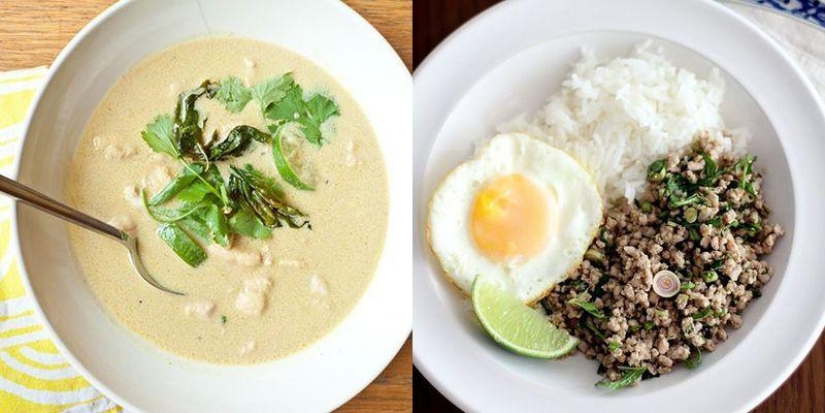
8. Left: Thai fish curry with fresh lime. Right: Thai salad with pork, spices and lime.
Coconut milk is great, but it can be too fatty. By adding a fresh lime at the end of cooking, you will reduce the fat content and your coconut milk broths will not be as heavy. And by sprinkling fresh lime juice on meat dishes, you can balance the taste, and the spices will not seem so sharp.
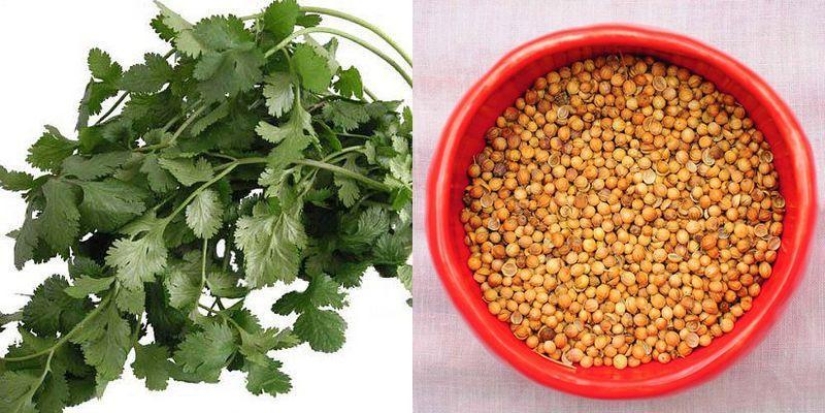
9. Replace parsley or basil with cilantro.
Yes, cilantro is a great seasoning. But Thai cooks know that its stems should not be thrown away either. They can be used during cooking, and not just towards the end of the process. And the seeds (coriander) are often ground and added to curries with other fragrant spices and vegetables.
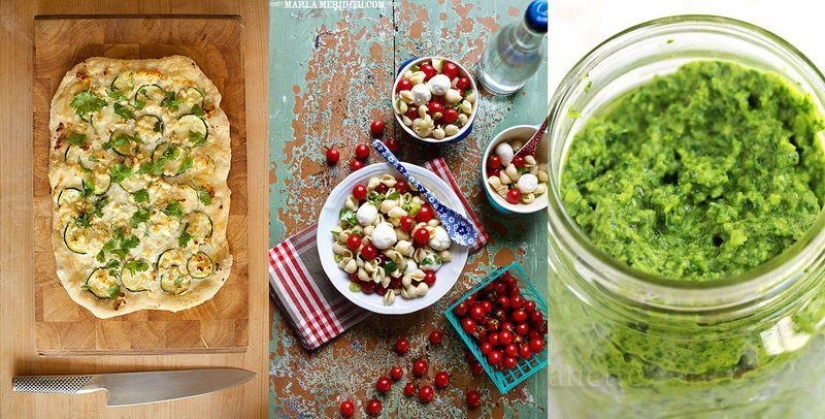
10. Left: pizza with zucchini, lime and cilantro. Center: pasta salad. Right: garlic and cilantro sauce.
The strong citrus flavor of cilantro adds more spice to a dish than most other spices. You don't have to add cilantro only to Asian or Mexican dishes. Try adding it to pizza, salads, or pasta. It also makes good pesto.
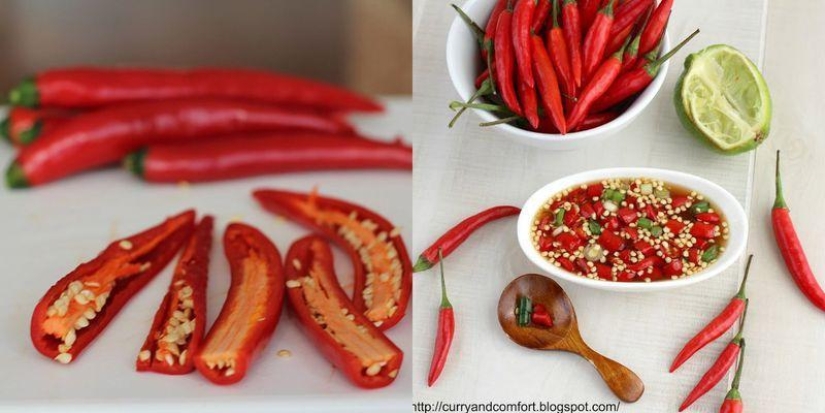
11. Control the spiciness of the dish by adding more or less chili seeds.
Fresh chili peppers (thin, red and hot peppers) are an essential ingredient in Thai cuisine. The more seeds you leave in the dish during cooking, the sharper it will be (the photo on the right is a real test for those who love a burning taste). To make the dish not so spicy, remove the seeds from the chili (MANDATORY WITH GLOVES) before adding it.
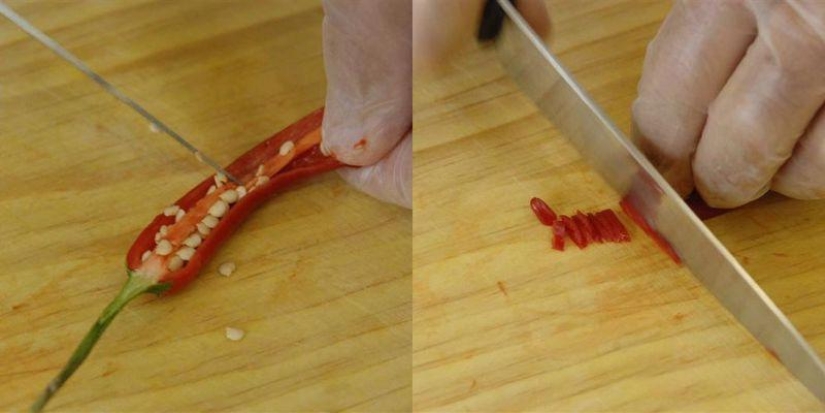
12. Cut the chili in half lengthwise and remove the seeds with the tip of a knife. Then cut the chili thinly and add them to the dish at the same time that the garlic is usually added. Chop or grind whole fresh chili peppers with seeds and add them to the sauce. This way you can add as much spice as you want. If you're using chiles in a curry or stir-fry, remove the seeds from all or a few of the chiles to make sure it's hot enough.
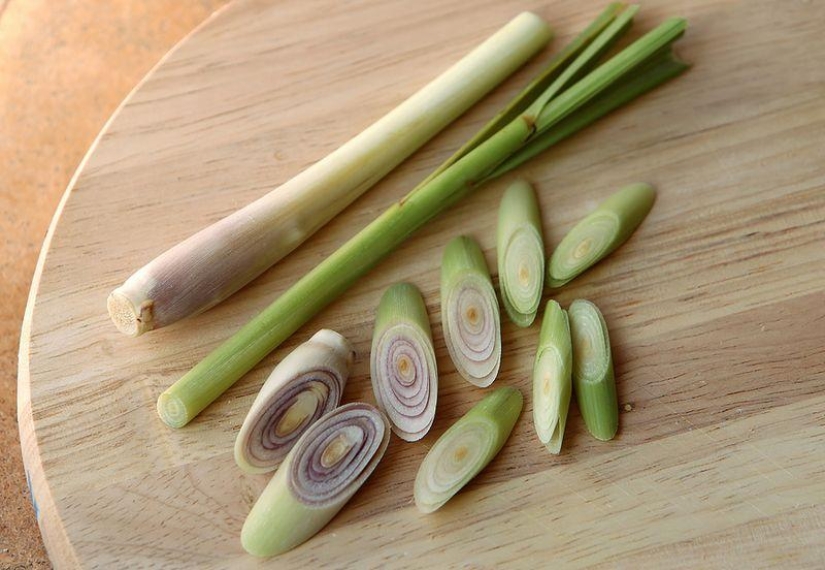
13. Cook with lemongrass and galangal.
Lemongrass (aka cymbopogon) is sold in supermarkets and is usually found next to ginger. If you didn't find it in the store, maybe it will be in the Asian market.
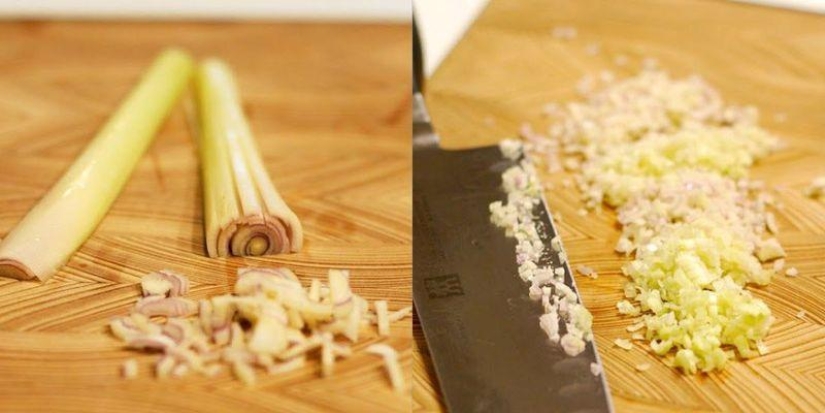
14. To use lemongrass, you need to peel off the hard outer layer and finely chop the stem.
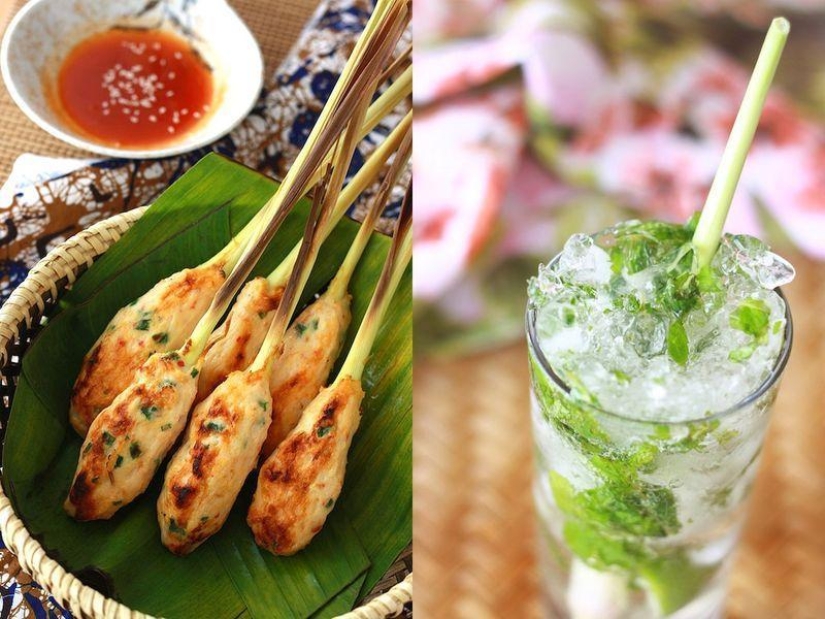
15. If you don't want to spend time on this, you can also use whole lemongrass stems to add flavor to dishes and drinks. Left: Grilled shrimp with lemongrass. Right: Ginger mojito with lemongrass.
Dip whole lemongrass stems into your soup or drink for the full spectrum of flavor, then remove before serving. Lemongrass can also be used as a flavorful substitute for skewers.

16. Galangal is similar to ginger, but not as spicy and has a citrusy "woody" flavor.
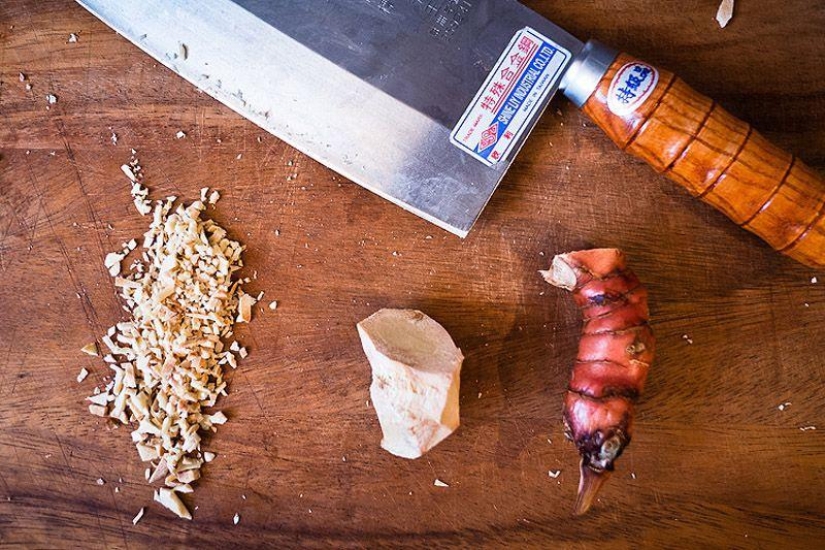
17. To cook the galangal, peel it off with a knife and then finely chop it.
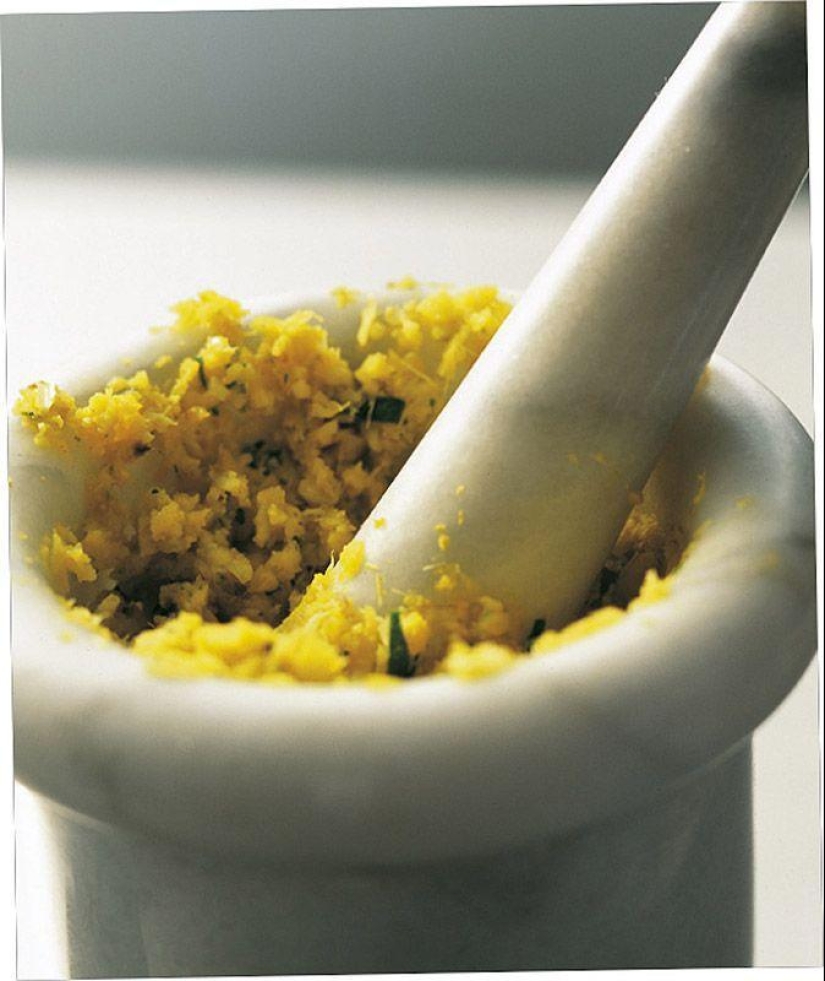
18. It tastes best ground in pastes with other ingredients, and as part of the base for soups and curries.
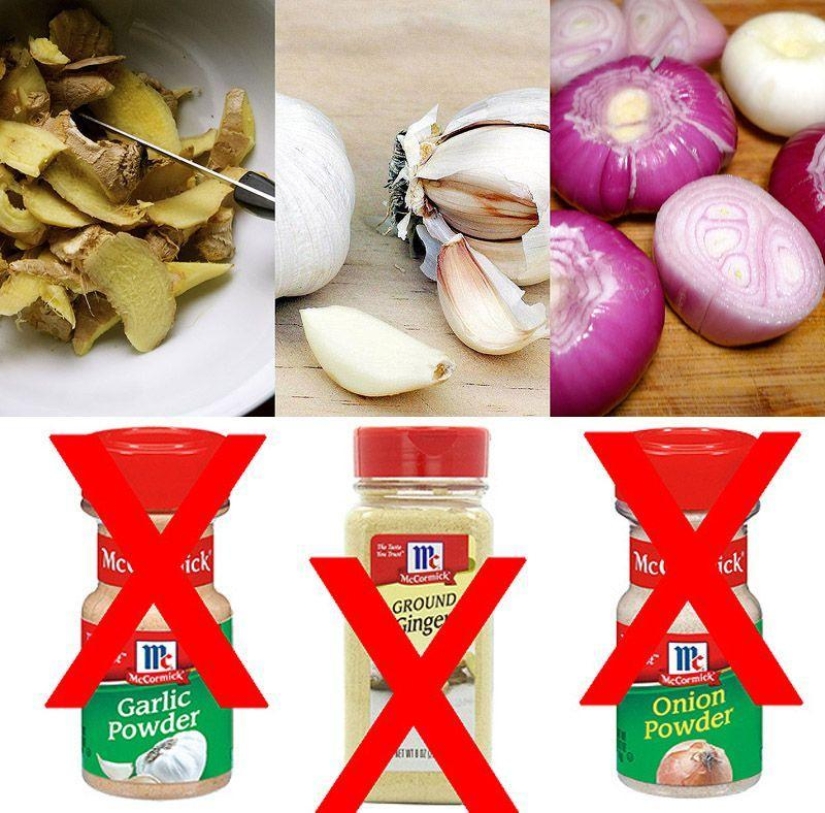
19. Always use fresh ingredients, not dried ones.
This rule applies to any dish. Don't be lazy about peeling and peeling the vegetables and finely chop the ingredients. Onion powder will NEVER taste as good as real onions, so don't even consider it.
Keywords: Dish | Cook | Tips | Thailand
Recent articles

Did you imagine primitive people as kindly hippies who shared everything equally and lived in harmony? Anthropologists have ...

Man-made giant statues, impressive not only for their beauty, but also for their size, are found in many countries of the world. ...
Related articles

Blogger Steve spring (Steve Spring) shared three effective tips on how to not only lose weight that kills you, but also to lead a ...

Surely you have repeatedly struck by household wisdom and skill of your mothers and grandmothers about all that is within the ...

No wonder they say that knowledge is power. Just learning something new and improving existing skills, people can achieve real ...

Sometimes, just one clever angle is enough to turn an ordinary shot into a puzzle. This collection features 22 photos where ...